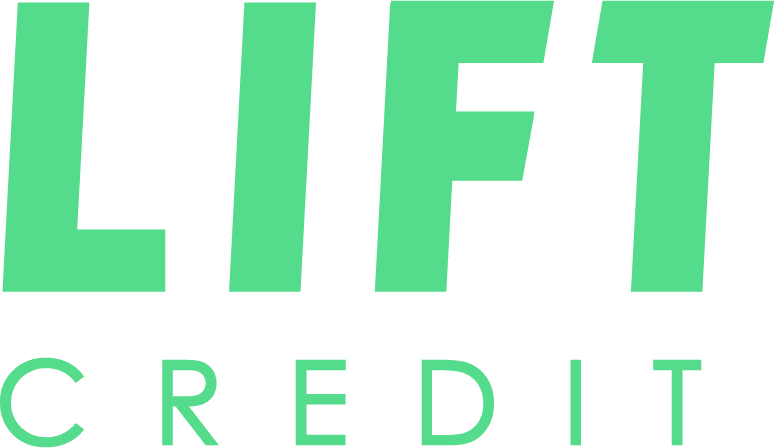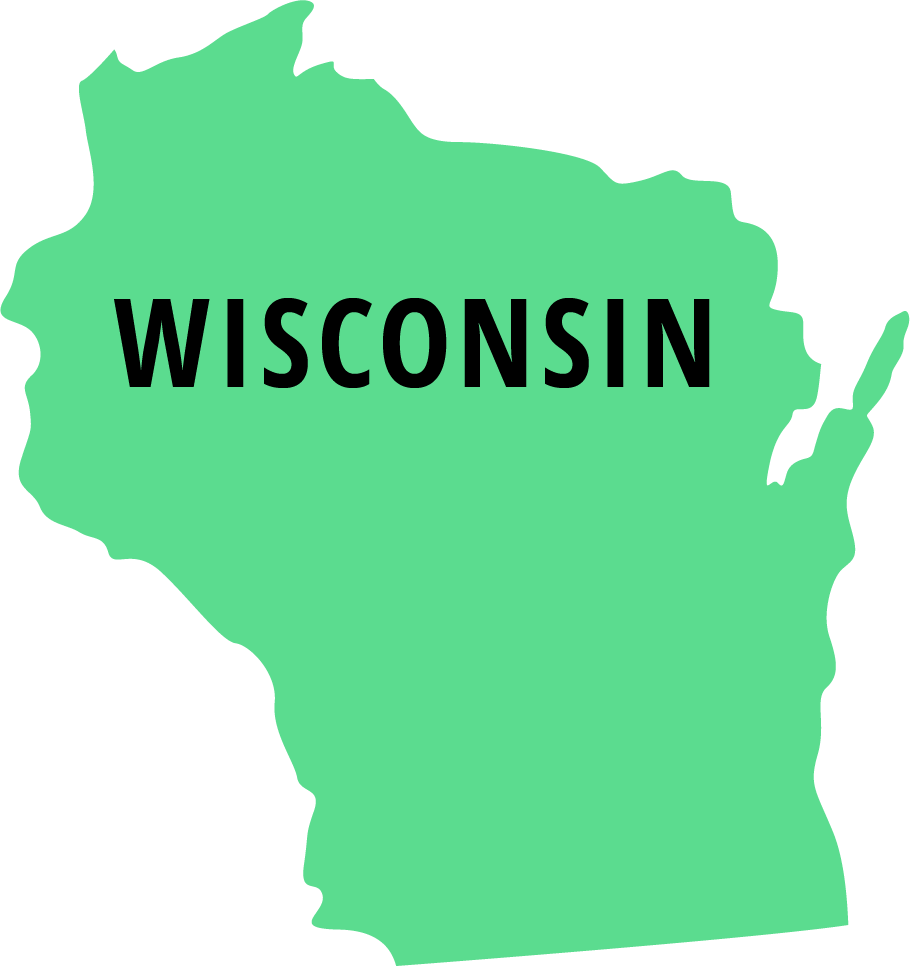College tuition is high (and getting higher) and the U.S. student loan debt is astronomical. Here are a few sobering numbers:
- $1.4 trillion = Total U.S. Student Debt
- $2,858 = Student Debt Accrued Every Second
- $37,172 = Average Student Debt in 2017
It’s not too hard to believe these dollar amounts when you consider that the average college tuition cost ranges from $9,410 to $32,410.
Most students are not able to afford tuition straight out of their own pocket. That’s why it’s common to apply for federal financial aid and private loans. With the many different types of student loans available, it’s worth it to do your student loan research so you know what type is best for you and your personal financial situation.
Here’s a breakdown of the different types of student loans available.
Stafford Student Loans – Subsidized and Unsubsidized
These loans are the most common. Money comes from the federal government straight to the student. There are two different types of Stafford loans:
1. Subsidized: These loans are typically reserved for students suffering from financial hardship. The government grants the money up front and pays on the interest that is accrued while the student is in school. Students are not required to make payments on this loan until after graduation. However, there is a $23,000 limit. This amount is generous but may not cover all of a student’s expenses during their time in school.
2. Unsubsidized: These loans are available to all students, regardless of their financial state. It is required that the student pays the interest on the loan, rather than the government. Currently, the rate is 4.45% for an undergraduate degree and 6% for a graduate degree. Payments are usually deferred until after graduation.
Perkins Student Loans
Reserved for students with a heavy financial need, a Perkins loan is paid for by the government and the money is distributed to the schools who, in turn, determine who is eligible to receive them. The interest rate is a fixed 5% and the government pays interest while the student is in school and for a period of time after graduation.
PLUS Student Loans
These loans were created for parents and graduate students. They are funded by the federal government and there is no maximum limit. They have a fixed interest rate of 7%.
Private Education Student Loans
Private education loans are an alternative to federal loans. The funds are provided by private lenders rather than the government. A student’s eligibility for this loan is dependent on credit history. Do your student loan research before applying for these loans, as interest rates can be high.
Before applying for student aid, it can be helpful (and eye-opening) to do a few simple calculations first so you know exactly how much your degree is going to cost you in the end. Have a solid plan for paying off your debt. Doing some simple student loan research before you borrow can make all the difference in paying off your loans after graduation. Even then, life sometimes happens and you can wind up stuck with a hefty debt and no idea how to pay it off.
If this has happened to you, find out how Lift Credit can help you back to financial freedom!









